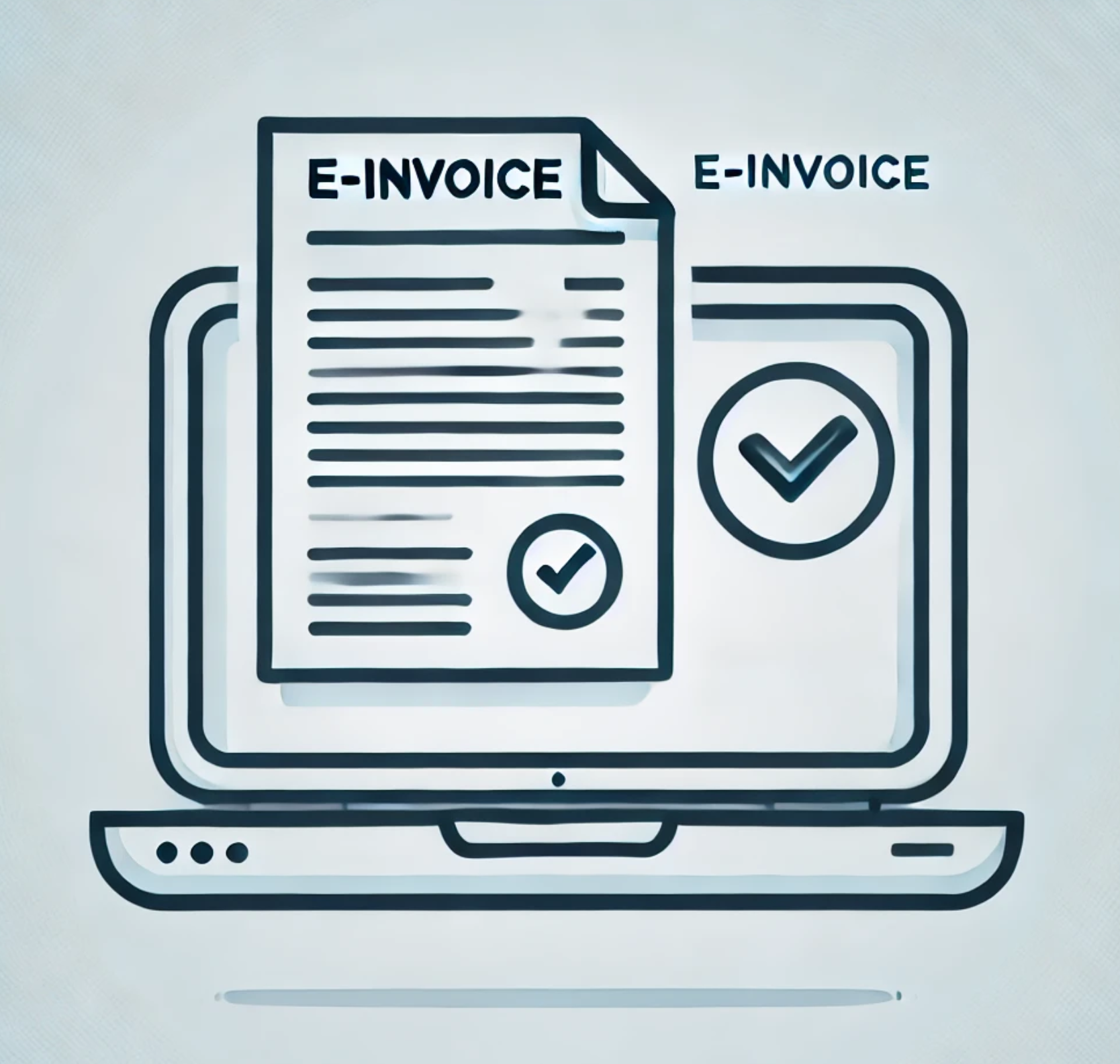The topic of e-invoicing has been omnipresent in recent months. Especially now, during the Christmas period, many companies receive letters from their creditors saying that they will not be able to switch to e-invoicing in time. But what is actually behind this? Is e-invoicing really as complicated as many people think?
What is an e-bill really?
Many companies have the wrong idea about e-billing. They often think of it as a completely new system that is difficult to understand. But in fact, the e-invoice is nothing more than a normal PDF file with an embedded XML document.
To illustrate this, let's take a look at a typical e-invoice. At first glance, it looks like a normal PDF file. However, when you open the invoice, you will see a small symbol in the form of a bracket in Adobe Acrobat Reader.
The hidden XML file
This bracket symbol is the decisive indication that this is a genuine e-bill. If you click on it, the embedded XML file becomes visible. This XML file contains all invoice data in machine-readable form and corresponds to the official e-bill standard, for example the X-bill.
The X-bill is a standardized electronic invoice in XML format that is required by authorities and many companies. The advantage: invoice data can be processed automatically without the need for manual input.
The difference between an e-invoice and a normal invoice
To illustrate the difference, let's compare two almost identical invoices:
A real e-bill with embedded XML file - here the bracket symbol is visible in Acrobat Reader.
A conventional PDF invoice without embedded XML - although it looks the same, it does not contain any machine-readable data.
This means that an invoice can look exactly the same as before, but only with the embedded XML file does it become a real e-invoice.
E-billing and ERP systems such as Microsoft Dynamics NAV, Navision and Business Central
Many companies use ERP systems such as Microsoft Dynamics NAV (formerly Navision) or Business Centralto manage their invoicing processes. These systems already offer integrated functions for creating and processing e-invoices. By automatically generating the X-invoice in these ERP systems, the entire invoicing process can be made more efficient and error-free. Companies that want to digitize and optimize their processes should check whether their ERP software already supports e-invoicing functions.
Conclusion: Don't be afraid of the e-bill
Switching to e-invoicing may be a challenge for many companies, but the difference is actually not as great as is often assumed. Anyone who already sends PDF invoices can easily create e-invoices with the right tools. It is important to familiarize yourself with standards such as the X-bill and ensure that the XML data is correctly integrated.
Especially companies that Microsoft Dynamics NAV, Navision or Business Central can benefit from the existing ERP functions and thus make the switch to e-invoicing considerably easier. With this knowledge, the supposed spectre of e-invoicing becomes a simple step towards digitalization and increased efficiency.
Do you have any questions or would you like to find out more about our methods? Get in touch with us - We show you how you can use your data for sustainable success.

